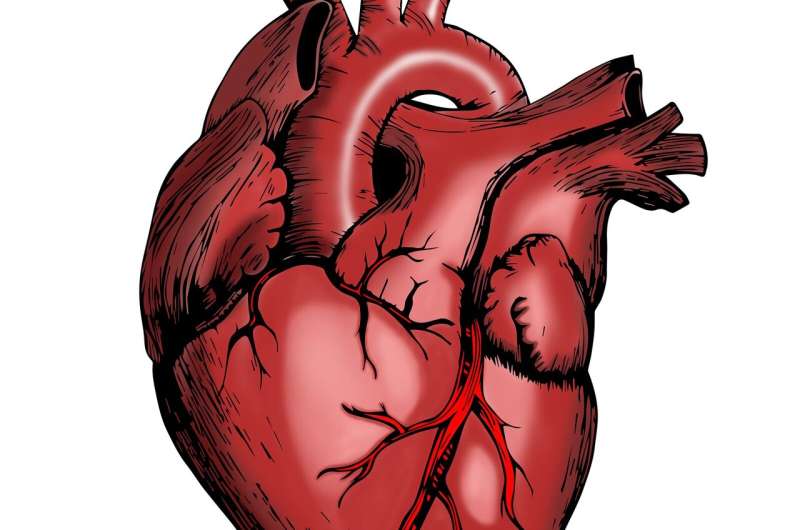The Decline of Harm Reduction Strategies Under the Trump Administration

The Trump administration is reducing support for harm reduction strategies like naloxone distribution and safe consumption sites, raising concerns about setbacks in overdose prevention efforts amid declining fatality rates.
In recent developments, the Trump administration has intensified efforts to reduce funding and support for harm reduction initiatives, which have traditionally played a crucial role in combating the overdose crisis. Harm reduction includes measures such as providing naloxone for overdose reversal, distributing sterile needles to reduce infectious disease transmission, utilizing drug testing strips, and establishing supervised consumption sites to prevent fatalities and connect users with vital services.
Over the past week, educational materials related to harm reduction have been systematically removed from federal government websites, signaling a shift in policy direction. President Donald Trump issued an executive order targeting homeless populations and explicitly criticized harm reduction and safe consumption approaches, arguing they enable illegal drug use.
The Substance Abuse and Mental Health Services Administration (SAMHSA) informed states that harm reduction efforts are inconsistent with federal laws and the current administration's policies. This stance raises concerns among public health advocates, who warn that reversing progress in overdose prevention could lead to increased mortality, especially among vulnerable populations like the homeless.
Despite these setbacks, there are still some efforts to support life-saving interventions; for example, the administration states it will continue to endorse access to naloxone, which reverses opioid overdoses. However, other harm reduction practices such as syringe exchanges are viewed with skepticism and are often restricted.
Federal agencies have also taken steps to limit funding for harm reduction activities, including removing guidance documents and clarifying that grants cannot be used to purchase supplies like syringes or pipes used for drug consumption. The administration’s approach has also included efforts to reorganize key agencies like SAMHSA, although some plans are currently stalled due to legal challenges.
Critics argue that these policies could undermine the recent decline in overdose deaths, which saw an estimated 76,298 fatalities in the year ending February 2025—the lowest since 2020. Public health experts warn that reducing harm reduction measures could hinder ongoing progress and worsen the addiction crisis.
Leaders in the public health community express concern over the shift in messaging and policy, emphasizing that harm reduction strategies are evidence-based tools that save lives and facilitate recovery. The political debate highlights the ongoing struggle over how best to address the complex issues surrounding drug addiction and overdose prevention.
Source: https://medicalxpress.com/news/2025-08-reduction-techniques-phased-trump.html
Stay Updated with Mia's Feed
Get the latest health & wellness insights delivered straight to your inbox.
Related Articles
Revolutionary Ward Designs Enhance Recovery and Staff Efficiency in Stroke Care
Innovative architectural designs for stroke rehabilitation wards improve patient outcomes, boost operational efficiency, and offer significant economic benefits. Discover how modern hospital environments are transforming stroke recovery care.
Experts Highlight Physiological Approaches to Safeguard Against Extreme Heat Waves
Experts from the University of Sydney advocate for a physiology-centered approach to protect individuals during increasingly severe heat waves, emphasizing personalized risk assessment and sustainable cooling strategies.
Responsive Parenting Strategies Can Reduce Childhood Obesity-Related Behaviors
Early responsive parenting practices can significantly reduce behaviors linked to childhood obesity, helping families foster healthier growth from infancy.
New Guidelines Address Elevated Cardiometabolic Risks in South Asian Populations
New comprehensive guidelines aim to reduce cardiovascular and metabolic risks among South Asians by promoting early screening, lifestyle modifications, and culturally tailored interventions. Developed by UT Southwestern experts, these recommendations seek to improve health outcomes in high-risk communities.



